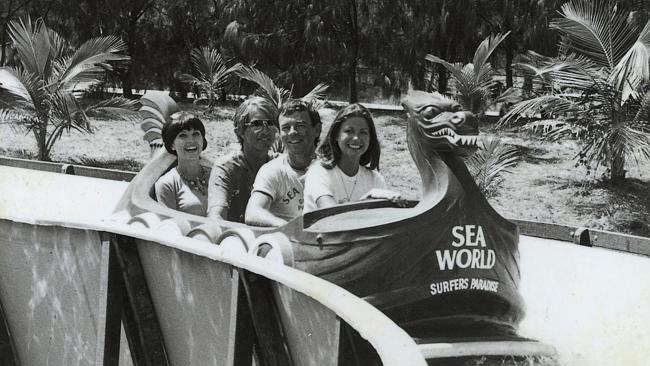Take a look back at the Gold Coast's first theme parks including Magic Mountain and Grundy's
THEME parks are a big part of the Gold Coast's tourism market, but it wasn't always the case. Take a look back at the old-school attractions.
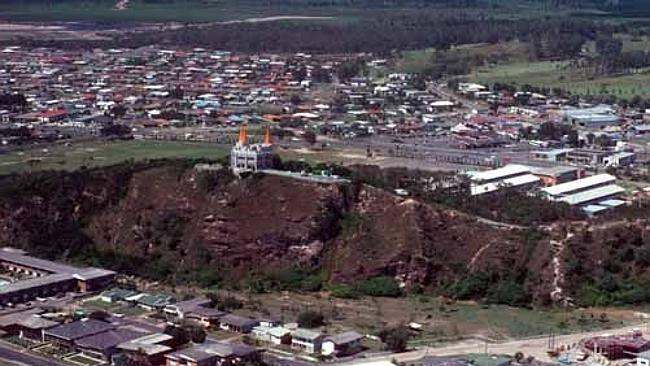
Lifestyle
Don't miss out on the headlines from Lifestyle. Followed categories will be added to My News.
THEME parks are a big part of the Gold Coast's tourism market, but this wasn't always the case.
The first local theme park was Nobby Beach's famous Magic Mountain, which opened in 1962 as a chairlift and became a castle-themed attraction in the mid-1970s.
For Gold Coast residents of the 1980s and early 1990s, few memories are as fond as those of spending time at Surfers Paradise's Grundy's Entertainment Centre, which opened in the Paradise Centre in March 1981.
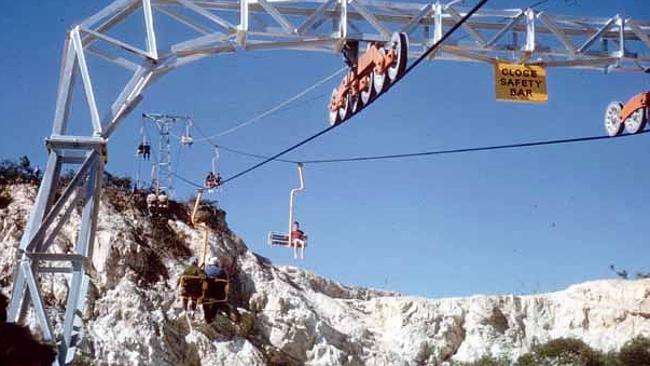
The same year, Dreamworld was opened by Premier Sir Joh Bjelke-Petersen after more than seven years of work since local John Longhurst bought the 85ha parcel of land at Upper Coomera.
The park opened with such attractions as the IMAX Theatre, a Baldwin locomotive, Model T Fords, rocky hollow log ride, Australian koala theatre and the Captain Sturt paddle-wheeler.
Its first major attraction, the Thunderbolt rollercoaster, opened a year later and was eventually followed by the Gold Rush Country on the park's fifth anniversary in 1986.

The same year it was visited by US astronauts Michael Coates and Paul Weitz to promote a screening of the space shuttle documentary The Dream is Alive, which was narrated by journalist Walter Cronkite and shown in the IMAX theatre.
It was upgraded significantly during the 1990s when major attractions opened including the Tower of Terror, Giant Drop, and Wipeout.
The park came to national attention again in 2001 when it was the home of reality television series Big Brother.
Magic Mountain closed its doors for the first time in 1987 and its famous chairlift was moved to Dreamworld the same year.
The closure followed a glorious 25 years overlooking the southern Gold Coast, which began when Page Newman constructed a chairlift on the hill in 1962.
The site was eventually bought by George Carrett in February, 1976, who redeveloped it to include a small castle.
He was soon joined by friend and Tallebudgera Valley magician Arthur Coghlan who suggested naming the place Magic Mountain.

During its first year of operation, the park's magic show was hosted in the castle before a boom in attendance figures prompted the construction of a 500-seat theatre.
Mr Coghlan said he had fond memories of his nine-year stint as resident magician.
``It was a wonderful opportunity which allowed us to grow from a small act into the largest illusion show in Australia at the time,'' he said.
Mr Carrett said the site caught his interest while he holidayed on the Coast with his family.
``We thought it was a good place and knew it had a lot of potential and could be quite successful,'' he said.
``The chairlift station at the bottom was painted and upgraded to feature a souvenir shop and we eventually built a road up to the top of the hill, as well as a small train which would run up and down all day long.
``More attractions were soon added including a dryslide which proved to be quite popular and the iconic `magic' castle which became helpful to surfers who could see the wind's direction using the flag on its roof.''
The area was soon renamed Magic Mountain and became one of the Gold Coast's first amusement parks.
Mr Carrett sold the park in 1982 and it underwent a $13.6 million redevelopment to create a large theme park.
It closed for good in 1991.
In 1995, the remains of the park, excluding the chairlift towers were demolished to make way for a luxury resort
Before Magic Mountain, Grundy's was the place to be. Its most famous attraction was its water slides on the Surfers Paradise beachfront which were built on Gold Coast City Council-owned land and became famous across Australia.
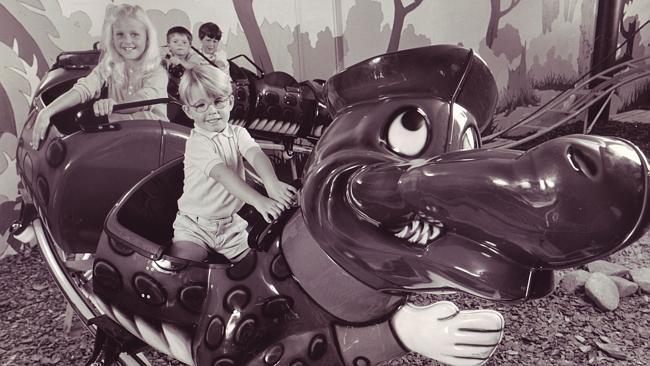
The waterslides became a popular attraction for locals and tourists on the Glitter Strip and were featured in the music video of band Australian Crawl's 1981 hit, Errol.
The attraction was also the centre of an infamous incident in the mid-1980s when razor blades were allegedly placed between a slide's joints, leading to the injury of a child.
The incident is often considered an urban legend but former Grundy's staff confirmed that it did indeed occur.
Controversy also occurred in December 1985 when a rider fell over the side of a slide while trying to stand up on a ``fast mat''.
The slides also were known for causing bikini swim suits to fall off its female riders when they were deposited at the ground-level pool.
Needless to say, the pool attracted plenty of male on-lookers.
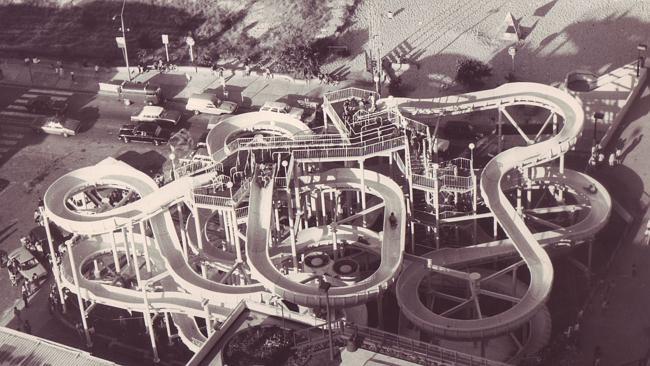
The centre also featured many rides and games including dodgem cars, mini-golf, a carousel, shooting gallery and ``go-gator'', a green alligator-themed roller coaster.
It also had one of the first video game arcades on the Coast when the new technology was a novelty.
Former mayor and area councillor Lex Bell owned a business near Grundy's in the early 1980s and said he had fond memories of the games.
``I used to sneak up there after work each day to play the video games,'' he said.
``Because they were still rare at the time the player would always have a horde of people crowding around to watch you save the world from aliens.''
During the late 1980s a Hollywood style walk of fame was created throughout the centre and featured brass plaques celebrating Australian celebrities, including Neighbours star Peter O'Brien.
The water slides were removed in the early 1990s and the centre finally closed in September 1993 after nearly 13 years. Timezone's funtasia centre took over the site as well as several of the remaining games.
The former waterslide site was converted for retail purposes and is expected to become a King George Square-style public space as part of the council's Surfers Paradise foreshore upgrade.
Nearly 18 years after its closure, the only sign Grundy's once occupied Surfers Paradise is the remains of its mini-golf course on the roof of the now Centro building.
However, its many visitors continue to have fond memories of the park and there is now an 85-member Facebook group calling for its return.

